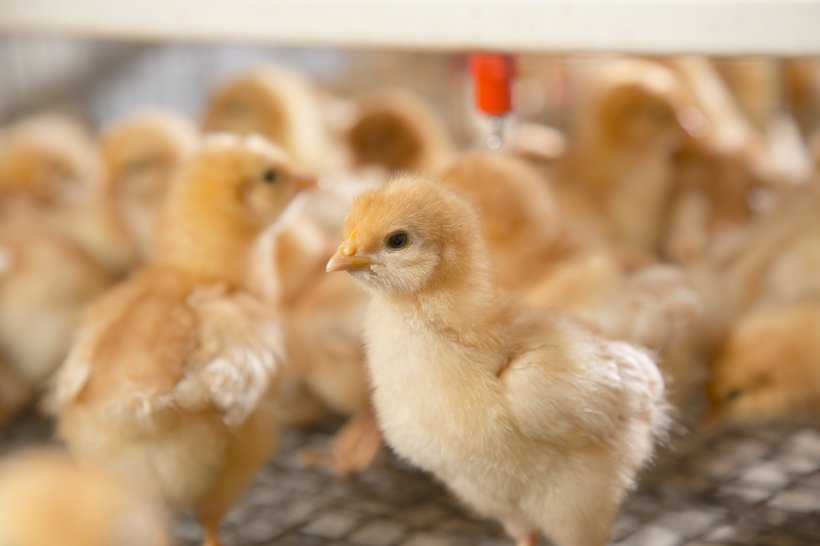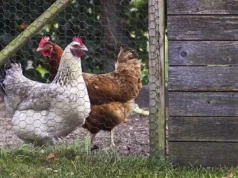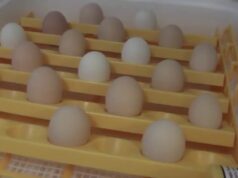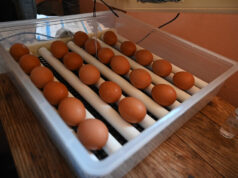Creating a safe and nurturing environment for newly hatched chicks is crucial for their development and survival. Understanding how to make a chick brooder is essential for anyone interested in raising chickens, whether you’re a beginner or an experienced poultry enthusiast.

Introduction to Chick Brooders
A chick brooder is a controlled space where young chicks are kept to ensure they stay warm and protected, especially before they develop feathers. It mimics a mother hen’s warmth and safety, allowing chicks to thrive during their first few weeks of life.
Why a Chick Brooder is Essential
Understanding the importance of a chick brooder is critical. Without a suitable brooding environment, chicks might face health challenges, stunted growth, or even mortality. A well-designed brooder provides warmth, safety, and easy access to food and water.
Temperature Control and Heating Methods
The right temperature is vital for chicks’ growth. The temperature should be kept at around 95F for the first week and reduced by 5F each subsequent week. Heat lamps are common tools used to reach and maintain this temperature.
Choosing the Right Container
The container for your brooder can vary. Options range from cardboard boxes, plastic tubs, to metal troughs. Ensure the material is durable, easy to clean, and spacious enough for the chicks to move freely.
Materials Needed for a DIY Chick Brooder
- Box or Container: Choose a sturdy, safe, and large enough container.
- Heat Source: Generally, a heat lamp is used.
- Bedding: Use materials like straw or pine shavings but avoid cedar.
- Food and Water Dispensers: Ensure they’re appropriate for chicks to avoid spillage.
Setting Up Your Chick Brooder
As you embark on setting up your chick brooder, arranging the components efficiently will guarantee a successful upbringing of your chicks.
Step 1: Prepare Your Brooder Box
Start by selecting a container. Ensure it is clean and lined with an adequate layer of bedding. Bedding choice is critical to prevent dampness and provide comfort.
Step 2: Install the Heat Source
Mount or place the heat source securely. The lamp should cover one section of the brooder, allowing chicks to move towards or away from it as needed to regulate their body temperature.
Step 3: Arrange Food and Water Dispensers
Position the feeders and waterers away from the heat source to ensure they remain clean and cool. Ensure they are low enough for the chicks to access them effortlessly.
Monitoring and Maintenance
Regular checks ensure your brooder remains a safe environment for chicks.
Daily Care Routine
Ensure the temperature is consistent, clean the bedding to avoid moisture build-up, and replenish food and water as needed. Observing chicks daily is crucial to catch any signs of distress early.
When to Transition Out of the Brooder
Chicks are generally ready to leave the brooder around 6 weeks of age, or when they are fully feathered. At this stage, they are better equipped to regulate their body temperature and face the outside environment.
Common Challenges and Solutions
Many new chick owners encounter similar challenges. Most issues revolve around temperature mishaps or inappropriate brooder setups.
Overheating or Chilling
Both overheating and chilling can be fatal. Monitor chicks’ behavior: panting indicates overheating, while huddling signifies chilling.
Health Concerns
Watch for signs of illness such as lethargy, lack of appetite, or abnormal droppings. Immediate intervention can save a young chick’s life.
Expanding Your Knowledge on Chick Rearing
For further insights, explore informative resources on chicken laying age, and the ultimate guide to setting up a chick brooder online.
Conclusion
Creating a functional and warm chick brooder is vital for a healthy start to your chicks’ life. With the right equipment and conditions, you’ll foster a thriving environment for young poultry, ultimately ensuring their successful growth and integration into your flock.

FAQs
What material is best for a brooder?
Any non-toxic, easy-to-clean container like a plastic tub or metal trough works well.
How often should I clean the brooder?
Cleaning frequency depends on the brooder’s size and how many chicks occupy it, but usually every few days or when bedding is soiled.
What should I feed my chicks in the brooder?
Starter feed formulated for chicks is ideal, as it contains all necessary nutrients for their growth.
This article contains affiliate links. We may earn a commission at no extra cost to you.











